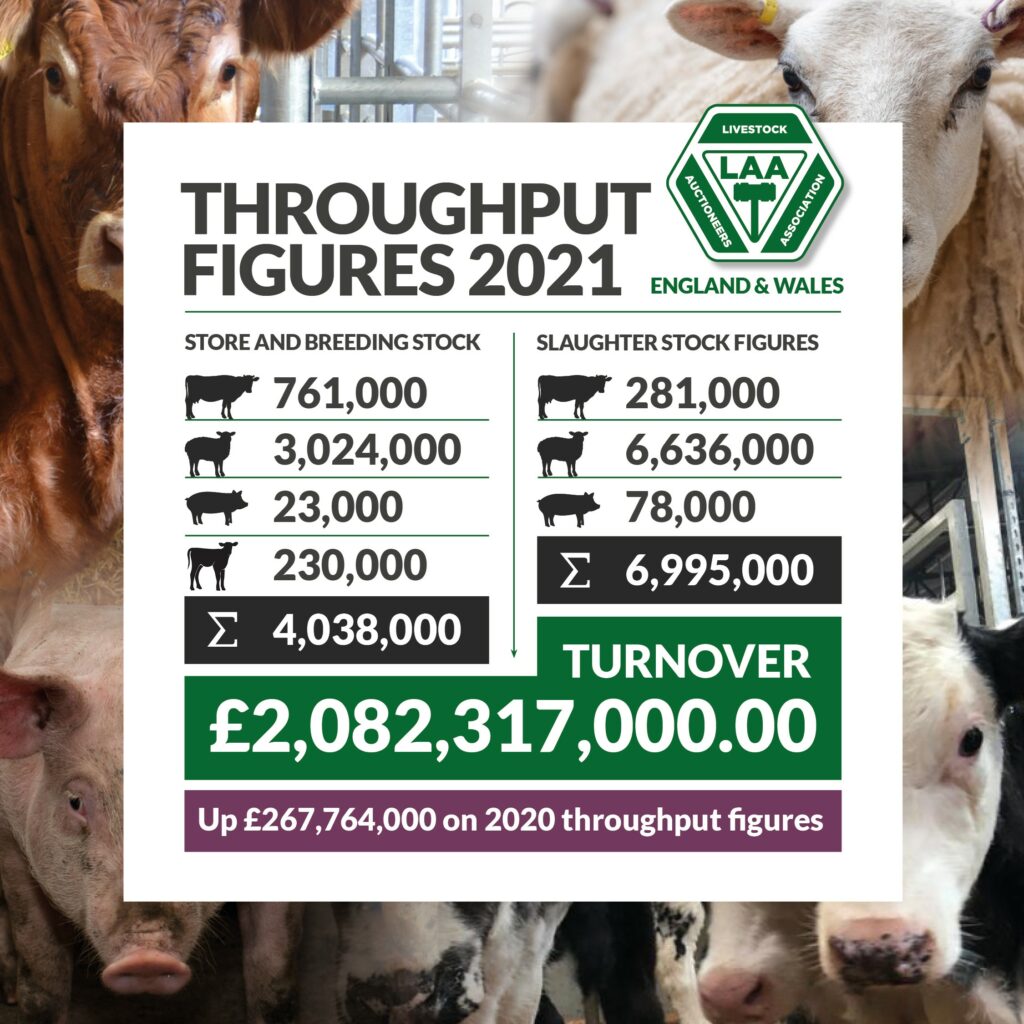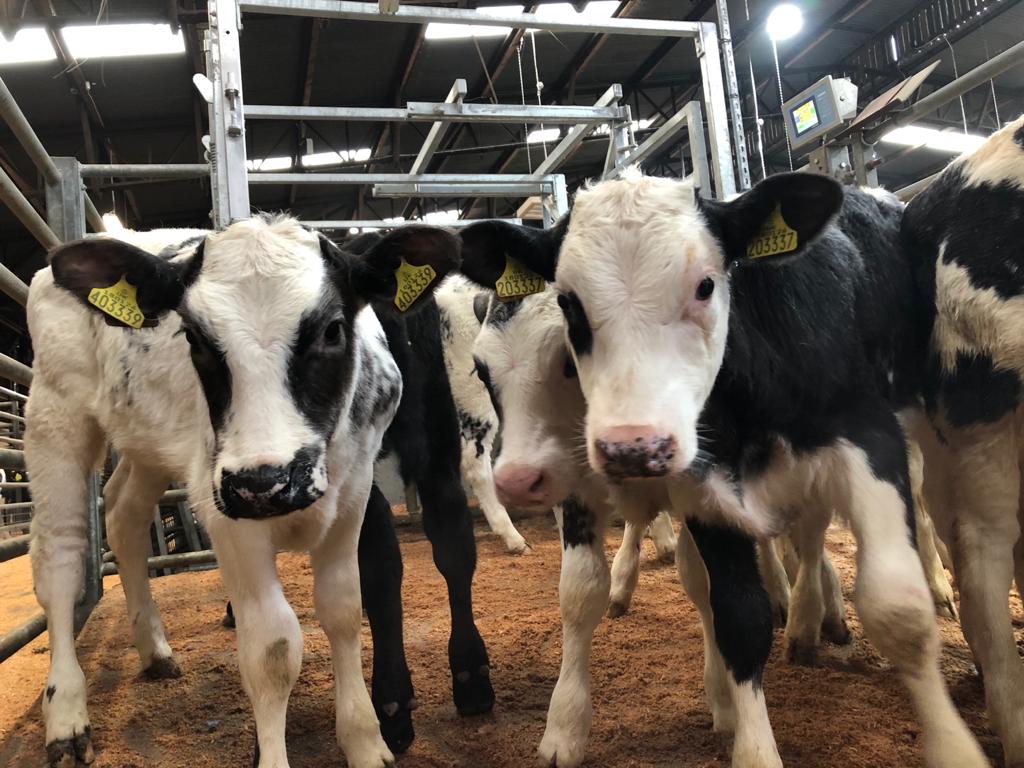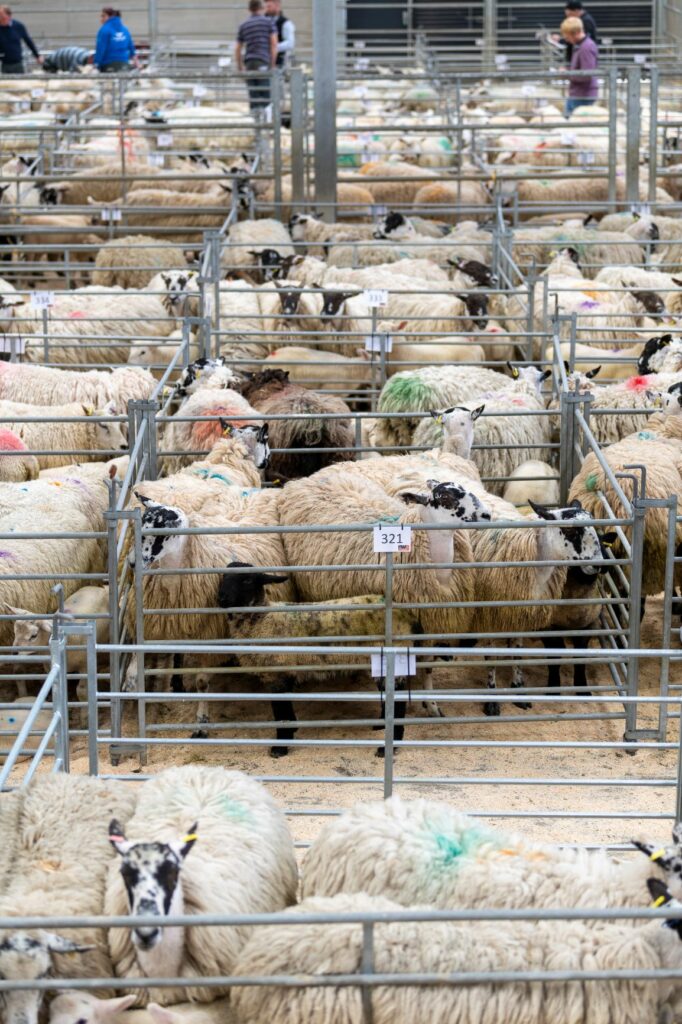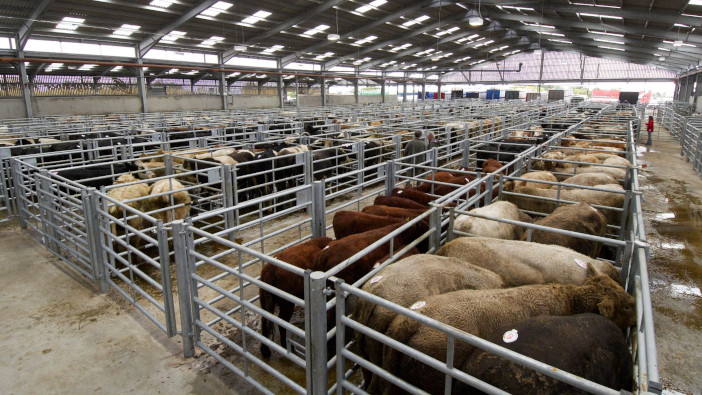The 2021 England and Wales livestock auction market turnover has surpassed the £2 billion mark, as producers and buyers in England and Wales recognise the importance of the live sales ring, for securing a fair trade for vendors while meeting buyer requirements.
Chris Dodds, the executive secretary of the Livestock Auctioneers’ Association (LAA), explained: “The live sales system is working on behalf of not only the producer, but the retailer and the consumer too; ensuring that quality, home-produced red meat has been available, despite all the challenges, through both Brexit and the global pandemic.”

There was a slight reduction in 2021’s slaughter stock figures across all livestock species, however, Wales saw an increase in all species other than pigs, though the pig figures remained consistent with 2020’s numbers
Wales’ figures also increased in the categories of cattle and sheep, as well as a steep rise in calf numbers. Figures for the same stock in England showed a slight decrease from 2020.
Overall, throughput numbers for all cattle rose by 3,000, for a combined figure of 1,042,000 across England and Wales; sheep figures saw a small drop of 137,000 to 9,666,000; pigs increased by 8,000, for a total of 101,000; and the number of calves grew by 10,000, for a total of 230,000 who were sold through the live sales ring in 2021.
Importantly, and despite some figures dropping from the previous year, the market saw a total increase of more than £267 million year-on-year. In 2021, the livestock auction market acquired a sum turnover of £2,082,317,000.

“Supply and demand are key to everything, and when there has been a global lack of sheep meat worldwide, for example, the markets need to adjust accordingly,” commented Mr Dodds.

He added: “The dynamic nature of the live sales system allows us to react as an industry, working on behalf of the farmer to secure the best price for their stock. The past two years has re-emphasised the importance of the live sale ring, providing a platform for farmers to present and sell their stock at a fair market price.”
Mr Dodds said that this was particularly clear in the 2021 finished lamb market, where on numerous occasions the live prime lamb price has been superior to its deadweight equivalent. Furthermore, on several occasions, deadweight firms have unsuccessfully attempted to reduce the farmgate price.
“We have shown the true worth of the live sales system, and we have seen a lot of deadweight stock come back to the market, with producers picking and choosing between marketing systems for their best stock,” added Mr Dodds.
He concluded: “Despite the dual challenges of Brexit and a global pandemic, the livestock markets of England and Wales have maintained competitive trade throughout, and this has been reflected in the record prices achieved.”


